TWO SCHOOLS OF OPERATIONS OF RUSSIA AND UKRAINE IN MORE THAN 1 YEAR OF CONFLICT
The more than year-long war between Russia and Ukraine shows two different schools of warfare between the two countries, based on each side's economic and military potential and calculations.
Since its outbreak on February 24, 2022, the Russia-Ukraine war has undergone fierce developments, continuously escalating without any end in sight. The parties have yet to find a common voice to agree on a plan to negotiate to end the costly war.
Expert Lawrence Freedman, professor at King's College London (UK) commented that, after more than a year of conflict, although both sides have changed tactics many times in battles, in general, there are two main schools of thought in the fighting style of Russia and Ukraine.
According to Mr. Freedman, if Russia chooses a total war strategy, Ukraine chooses a classic war strategy.
Total combat strategy
From the very first day of the war, Russia calculated to use the method of quick attack and quick victory to surprise Ukraine. Russia sent troops and weapons in large numbers, divided into many directions to attack areas in Ukraine. A powerful force was sent to surround the capital Kiev to quickly achieve the goal of the military campaign.
However, facing fierce resistance from its opponents in Kiev, Russia could not complete its goal and decided to narrow its military campaign to the Donbass region. Here, Russia used the tactic of "raining fire" to attack massively, overwhelming Ukraine in many areas and gaining control of a number of strategic areas.

Satellite imagery shows a Russian military convoy moving towards Ukraine early last year. In the early stages of the war, Russia advocated a quick victory but did not achieve the expected results (Photo: Maxar).
After Ukraine’s successful counteroffensive in Kherson and Kharkov, Russia has increased its use of missile and drone attacks on key Ukrainian infrastructure. Russia’s current strategy focuses on applying overall pressure on the entire Ukraine, from economic, military to psychological warfare against the people and the Kiev leadership, according to Freedman.
Since Russia's strategy of quick strikes and quick victories failed and Ukraine is receiving increasing support from the West, Moscow seems to have chosen to maintain a war of attrition.
From an economic perspective, Russia has completely controlled Ukraine's access to the Sea of Azov and part of the Black Sea, affecting Kiev's trade activities. Russia also controls many of Ukraine's industrial centers in Donbass, a development that has seriously affected Kiev's economy. Russia's widespread attacks on Ukraine's energy infrastructure have caused production and business activities to stagnate in many regions, while significantly reducing Kiev's defense production capacity.

Tanks of pro-Russian forces on the outskirts of Mariupol. Russia has blocked Ukraine's access to the Sea of Azov after taking control of the city (Photo: Reuters).
Overall, Russia understands that Ukraine is heavily dependent on the West to maintain its military strength and provide economic support to Kiev. However, Russia seems to believe that this support may also reach its limits. Several NATO countries are facing depleted arsenals while the global economy is facing a series of challenges after not having time to recover from the Covid-19 pandemic and having to deal with the energy crisis of the past year.
Many experts question how long the West can support Ukraine and whether it can maintain the level of support or whether it will gradually decrease in the coming period. With aid becoming more difficult, Ukraine may face challenges in amassing enough resources to mount a large-scale counterattack.
According to observers, starting a war is easier than ending it. The war has lasted for more than a year and Russia has poured a lot of resources into this conflict, so they probably do not want an unfavorable scenario. Therefore, Russia is predicted to continue to put all-out pressure on Ukraine in terms of military and economy in the coming time because in fact they still overwhelm their opponent in terms of potential despite suffering a lot of damage over the past year.
On the other hand, former US Marine Colonel Mark Cancian said that Ukraine may soon launch a counterattack against Russia to prove to NATO that the war has overcome the stalemate.
Since October last year, both Russia and Ukraine appear to have been relatively cautious in their offensive operations. Little change has been recorded on the front lines, leading some observers to believe that both sides are relatively stuck in changing the situation of the war.

A building in Kiev was severely damaged after a raid in October 2022 (Photo: Reuters).
According to Mr. Cancian, Ukraine seems to be under pressure to achieve some achievements on the battlefield, to prove to the West that the continuous supply of weapons by NATO can help Kiev gain an advantage over Russia. This is important in the context of the recent Western division in the view of the amount of weapons aid and how long their aid will last, as some countries show signs of military exhaustion.
If the war drags on any longer, and war fatigue sets in, a stalemate in months or even years could erode support for Ukraine. "So achieving success on the battlefield is an important task for Ukraine," the US expert said.
Meanwhile, Professor Barry R. Posen from the Massachusetts Institute of Technology, USA, predicts that in the second year, Russia will focus on maintaining the territories it controls, building more defense lines to prevent Ukraine from counterattacking. This may increase pressure on Ukraine in the coming time when it has to try to penetrate Russia's defense lines to counterattack. Meanwhile, Russia may continue to attack the opponent's infrastructure to shake Kiev's morale.
Classical combat strategy

Ukrainian soldiers fire towards Russia in Bakhmut, Donbass (Photo: Reuters).
According to Mr. Freedman, unlike Russia's all-out attack, Ukraine leans more towards a classic approach as they have been mostly on the defensive against Russia's advance for over a year and waiting for the opportunity to quickly counterattack. Although Ukraine has successfully counterattacked and regained a large area of territory from its opponent, Ukraine generally does not have enough weapons to reach Russian territory, but mainly attacks the opponent's military targets to stop Moscow's advance.
Ukraine’s approach focuses on the battle on the ground. This strategy aims to put the army in a combat-ready position to respond to the opponent. Accordingly, victory is determined by factors such as which army controls the battlefield, the territory, the number of enemy soldiers killed or captured, and the amount of enemy equipment destroyed. With this approach, the battles will determine the outcome of the war.
According to Foreign Policy, Ukraine must advocate this approach because in reality they are weaker than Russia in terms of both weapons and economic potential. Ukraine must rely on the West to put pressure on Russia through more than 11,000 sanctions over the past year. Ukraine also depends on the supply of weapons from the West to stop Russia's attacks.
Because the West did not provide long-range weapons and the quantity was limited, Ukraine could not launch a massive attack like Moscow, but had to choose to selectively attack important Russian military targets. Ukraine could attack like that because they had the advantage of being able to access Western intelligence sources through NATO's satellite system and reconnaissance weapons. From this information, Ukraine carried out an asymmetric attack to deal with an opponent that was much stronger than them in terms of potential like Russia and has caused the opponent a lot of difficulties for over a year.
In addition, asymmetric warfare tactics are also reflected in Ukraine's way of fighting each battle. For example, military expert Phillips O'Brien at the University of St. Andrews, Scotland, commented that Ukraine's success in counterattacking in the past few months lies in the tactic of "avoiding the strong, attacking the weak". This tactic is inclined to avoid directly dealing with the opponent's strengths, instead finding weaknesses to exploit and attack.

Russian tanks were left behind in Kharkov after Ukraine launched a lightning counter-offensive in the area last September (Photo: AFP).
For example, during the Kharkiv counteroffensive last September, Ukraine saw that Russia was stretching its forces to maintain its gains from Kharkiv to Kherson. Ukraine announced a major counteroffensive in Kherson, an area of strategic importance to Russia because it is located next to the Crimean peninsula. This caused Russia to concentrate its forces on Kherson and expose its weakness in Kharkiv. Ukraine then concentrated its forces on Kharkiv and launched a lightning counteroffensive to retake a series of strategic areas.
Obviously, if Ukraine had chosen to fight hard in Kherson, they would not have been able to regain the region and would not have been able to achieve great success in Kharkov. It also shows that Ukraine's battles may have been individual, but in reality it was a comprehensive, comprehensive tactic.
In the subsequent counteroffensive in Kherson, Ukraine continued to focus on Russia's weakness. Instead of facing intense Russian firepower in the East, Ukraine sent its most important weapon, HIMARS, to Kherson because they understood that the "heart" of the operation was logistics and supplies. In a battle of attrition, the endurance race for weapons and supplies would play an essential role in turning the tide.
Russia had to withdraw its troops from the city of Kherson after Ukraine used the HIMARS multiple launch rocket system to destroy a series of important logistics routes, leaving Moscow unable to support tens of thousands of troops.
The gradual "erosion" of Russia's reinforcement capabilities eventually forced Moscow to withdraw its troops, and Ukraine hardly had to spend much effort to attack. In an asymmetrical war, against a superior opponent like Russia, Ukraine did not have many options to fight.

The Ukrainian army has had a clear change in its way of fighting compared to 2014 (Photo: Reuters).
On the other hand, although Russia and Ukraine are both former Soviet Union countries and their military tactics have certain similarities, Kiev has tended to lean towards the West over the years. Since 2014, Ukraine has carried out a large-scale reform. Now, Ukraine's weapons systems and military tactics have been more or less influenced by NATO. As evidence, the way the Ukrainian army operates in 2022-2023 is clearly different from the Ukrainian army in 2014. This shows that Ukraine is still making efforts to reform to enhance its military strength towards achieving breakthroughs in the coming time.
According to expert Freedman, in the coming time, Russia seems to persist in pursuing a war of attrition to put overall pressure on Ukraine until Kiev has to make concessions and sit at the negotiating table.
However, this approach has not been as successful as expected. Ukraine is still showing great determination to resist, persistently pursuing the goal of regaining territory from Russia. With Russia's tactics of pressuring Ukraine's economy and key infrastructure, Kiev is still showing that it will not give in.
In addition, Ukraine's successes in stopping Russia's advance in Kiev and counterattacking Russia in Kherson and Kharkov seemed to demonstrate to the West that Kiev could overcome adversity and gain the upper hand against a stronger opponent if NATO continued to provide military and economic aid.
On the other hand, while NATO faces difficulties in providing aid to Ukraine in the next phase, the alliance is actually moving towards further expansion into Russia. Russia currently shares a 1,215km land border with NATO member states. Finland’s accession will increase that to 2,600km. NATO’s expansion on its doorstep unsettles Russia, which has long viewed it as a major threat to its security. Ukraine can hope that its significant advances on the battlefield and Western pressure on Russia will give Kiev an advantage over Moscow at the negotiating table in the future.
His Majesty
According to Foreign Policy, Wall Street Journal, The Conversation
March 27, 2023
Source



![[Photo] General Secretary To Lam attends the opening ceremony of the National Achievements Exhibition](https://vphoto.vietnam.vn/thumb/1200x675/vietnam/resource/IMAGE/2025/8/28/d371751d37634474bb3d91c6f701be7f)
![[Photo] Politburo works with the Standing Committee of Cao Bang Provincial Party Committee and Hue City Party Committee](https://vphoto.vietnam.vn/thumb/1200x675/vietnam/resource/IMAGE/2025/8/28/fee8a847b1ff45188749eb0299c512b2)
![[Photo] Red flag with yellow star flutters in France on National Day September 2](https://vphoto.vietnam.vn/thumb/1200x675/vietnam/resource/IMAGE/2025/8/28/f6fc12215220488bb859230b86b9cc12)
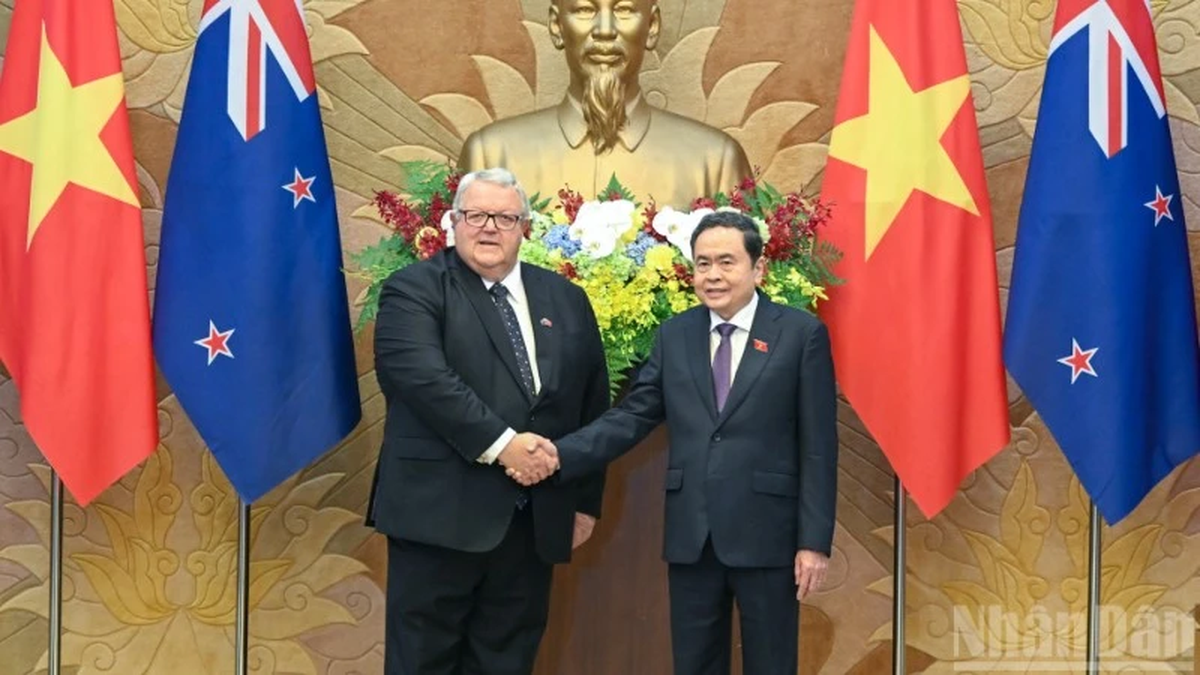
![[Photo] General Secretary To Lam presents the 45-year Party membership badge to comrade Phan Dinh Trac](https://vphoto.vietnam.vn/thumb/1200x675/vietnam/resource/IMAGE/2025/8/28/e2f08c400e504e38ac694bc6142ac331)
![[Photo] Prime Minister Pham Minh Chinh meets with Speaker of the New Zealand Parliament Gerry Brownlee](https://vphoto.vietnam.vn/thumb/1200x675/vietnam/resource/IMAGE/2025/8/28/cec2630220ec49efbb04030e664995db)
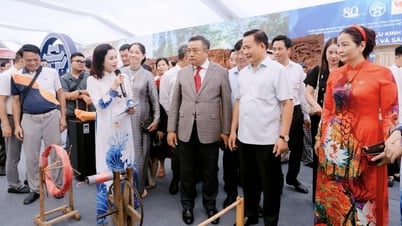


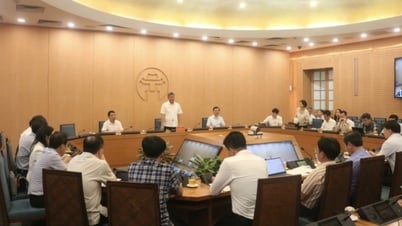
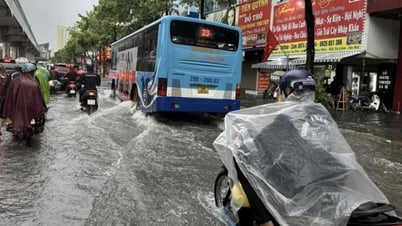
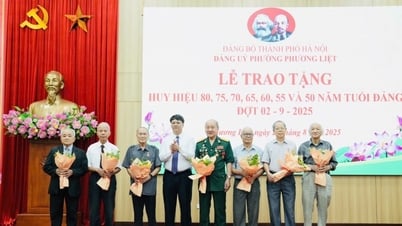
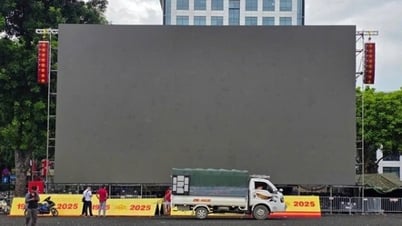





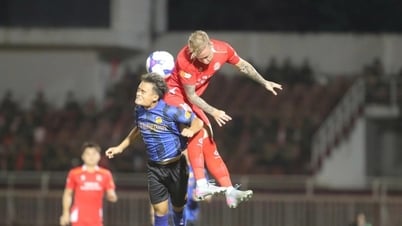

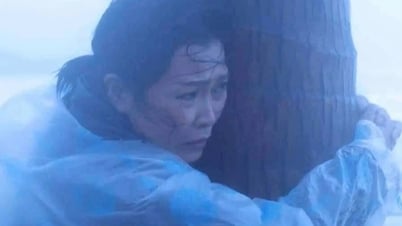





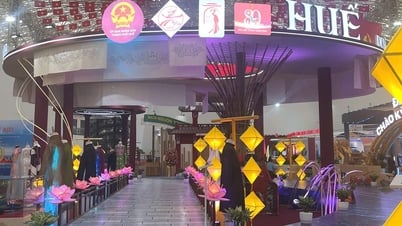







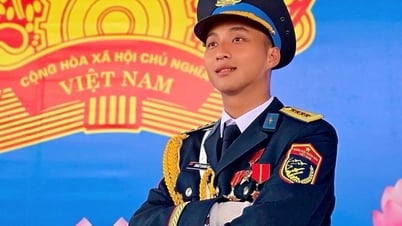

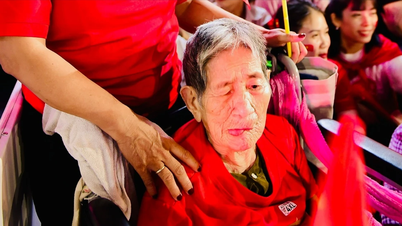

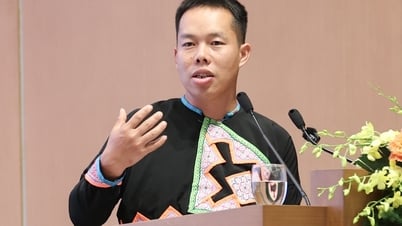



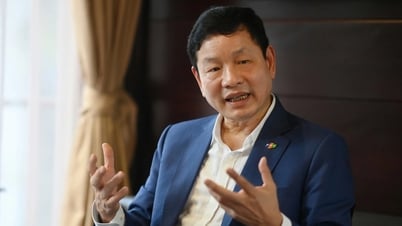
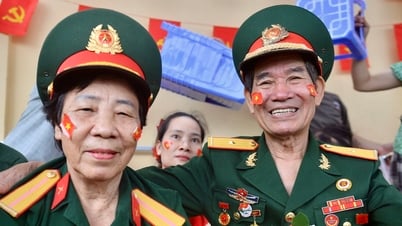




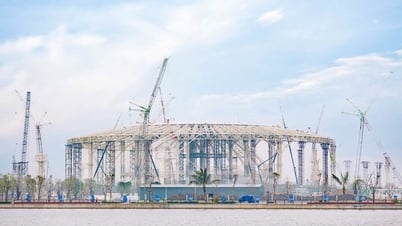

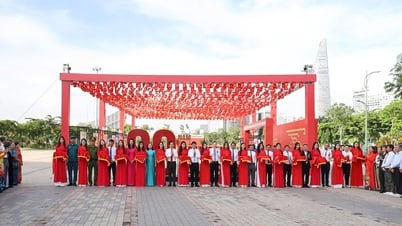
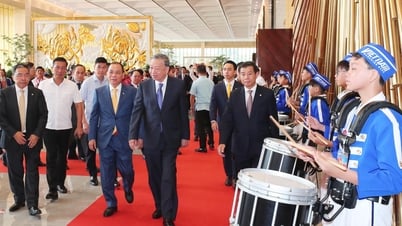

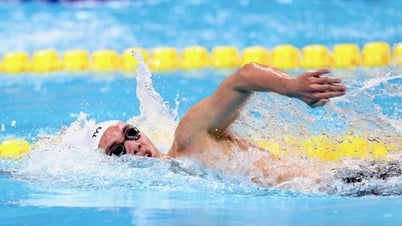
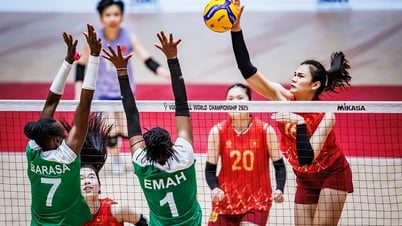

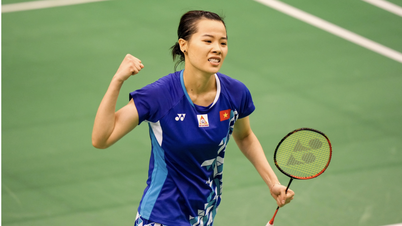
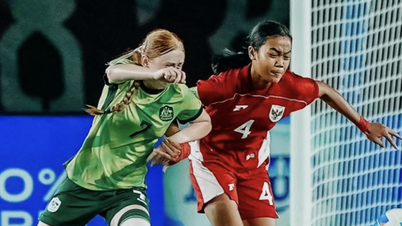








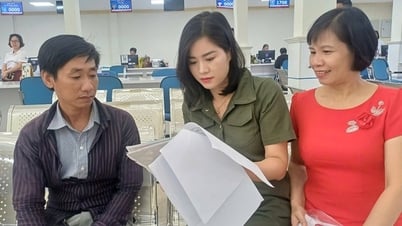

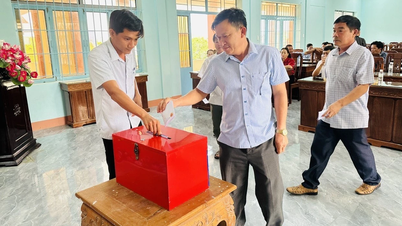





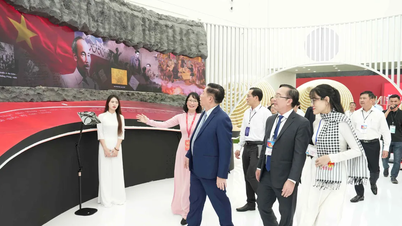
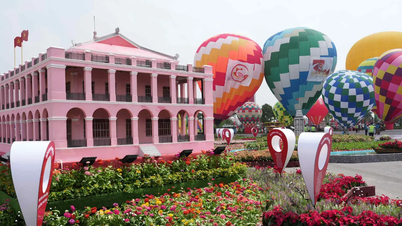




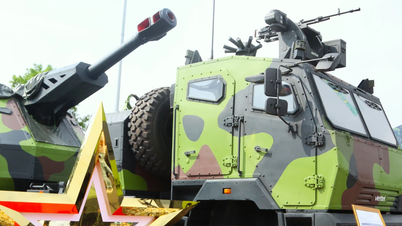

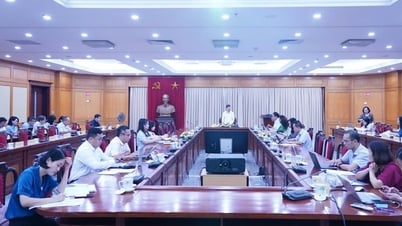



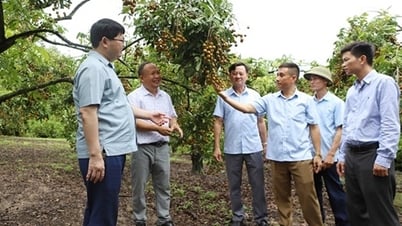






Comment (0)